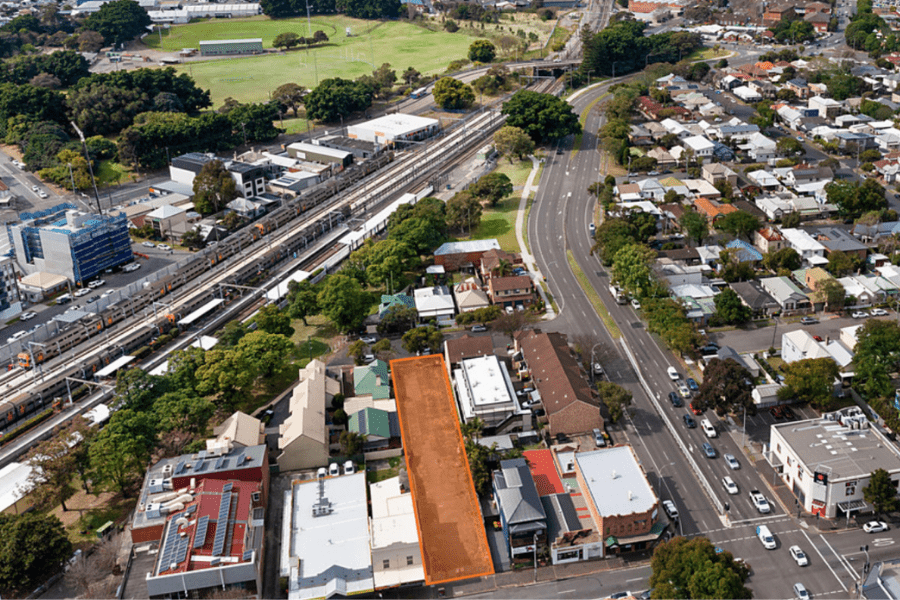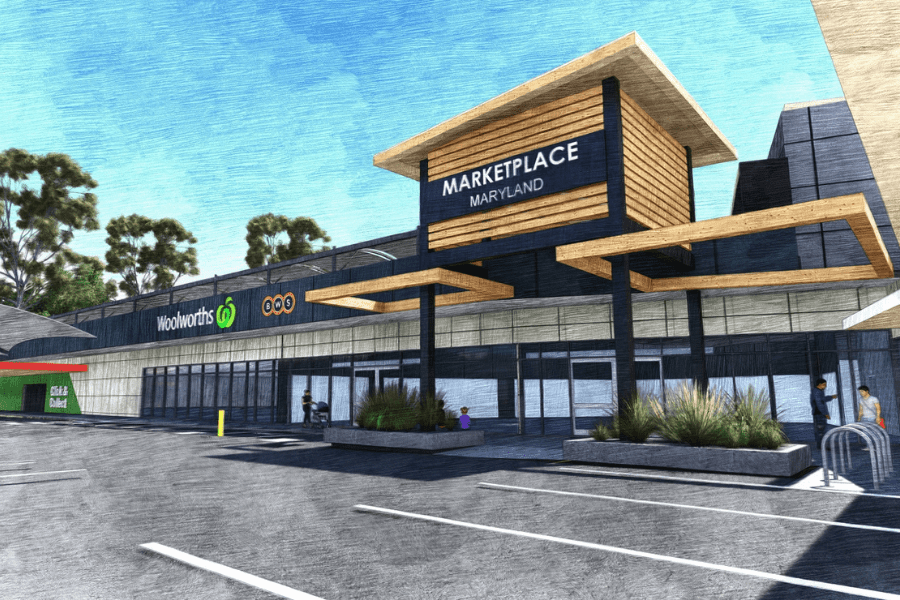
Navigating a changing commercial real estate landscape
As the end of the financial year (EOFY) is upon us, we delve into the key trends shaping the industry, including the impact of the declining retail sector on the commercial market, the evolving dynamics of office spaces, the resilient performance of the industrial sector, and the implications of macro-economic conditions on decision-making processes.
Slower retail sector market
The retail market sector of the commercial marker is experiencing a period of relative slowness, primarily driven by the macro-economic environment. The shift towards online shopping and changing consumer preferences has led to reduced foot traffic in brick-and-mortar stores. As a result, retailers are downsizing their physical spaces or closing down altogether, causing a ripple effect in the commercial real estate market.
Changing working conditions continue to impact office spaces
Office spaces are witnessing a slower pace of activity due to the evolving working conditions in companies. The rise of remote work and flexible schedules has prompted organisations to rethink their office requirements. Many businesses are adopting hybrid models, allowing employees to work from home for a portion of the week. Consequently, the demand for traditional office spaces has declined, leading to longer leasing cycles and increased availability. This is coupled with an increase in new office space in Newcastle which is also exacerbating the increase in vacancies.
Small-medium sized offices thrive amidst changing working conditions
While larger office spaces may be experiencing a slowdown, small to medium-sized offices are experiencing a surge in demand. As companies adapt to the changing work environment, they are seeking more flexible and agile office solutions. Smaller office spaces offer cost-effective alternatives, enabling businesses to optimise their expenses and align with evolving working practices. Consequently, owners and developers of such spaces are witnessing increased interest and a relatively brisk leasing process in comparison to the rest of the office market.
Resilience of the industrial market
Despite the challenges faced by other sectors, the industrial market continues to exhibit strength and stability. The increased demand for e-commerce and logistics services has been a driving force behind the sustained performance of the industrial real estate sector. Warehouses, distribution centres, and fulfillment facilities are in high demand, largely fuelled by the exponential growth of online shopping. New industrial off-the-plan projects are still being introduced to cater to this rising demand, indicating the sector's continued growth potential.
Consistent transaction levels with longer completion times
Although transaction levels remain relatively consistent in the commercial real estate market, the time taken to complete transactions has increased. The complex macro-economic conditions and rising interest rates have led to a more cautious approach among buyers and investors. People and businesses are now assessing risks for longer periods before making investment decisions. This increased due diligence and decision-making process contribute to extended completion times.
Overall, there are still many opportunities available for buyers and investors to realise in commercial real estate. Allow yourself some additional time to consider all of the relevant factors and reach out to our team if you have any questions or would like to discuss any strategies to assist you in your commercial real estate journey.





